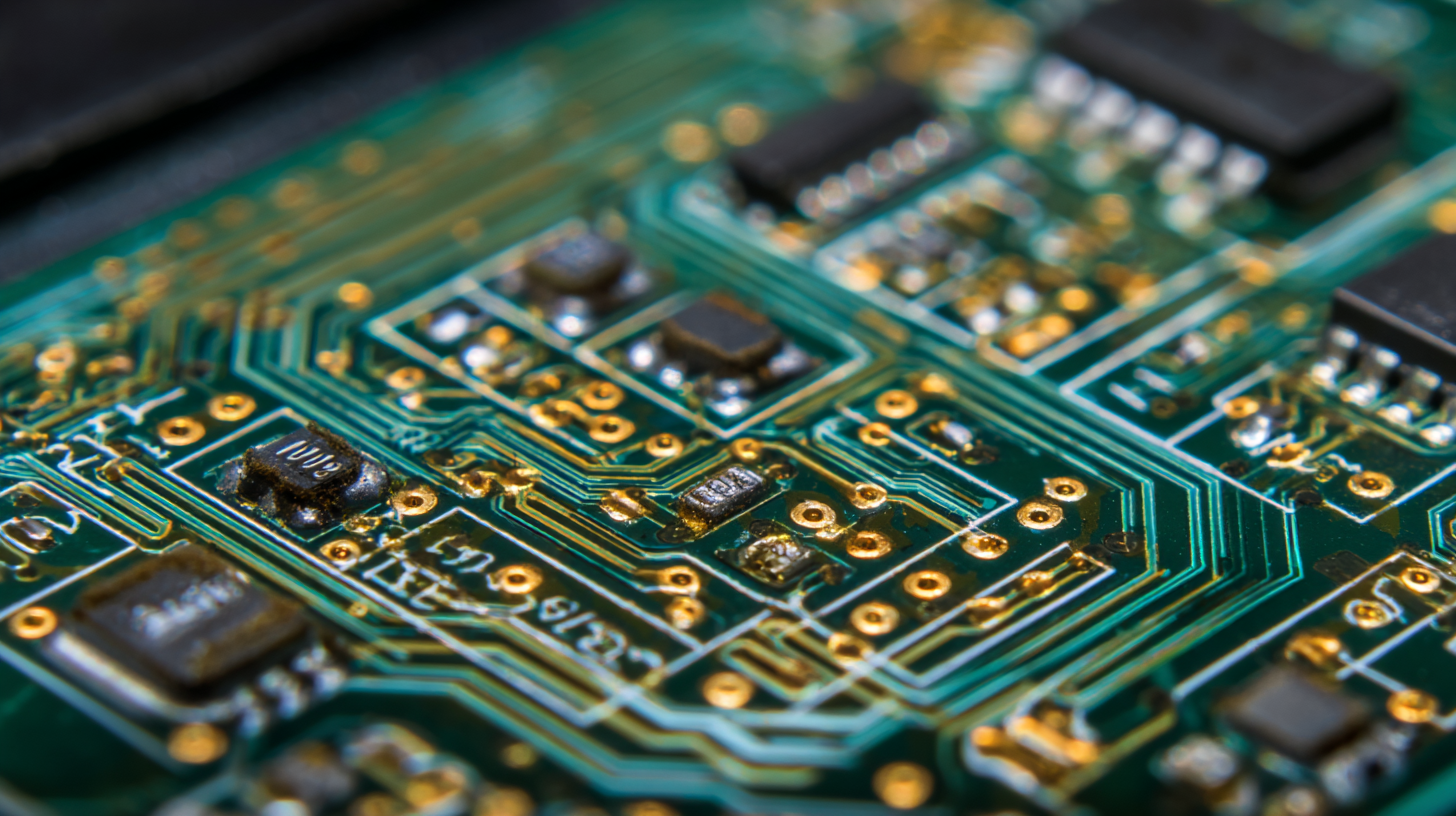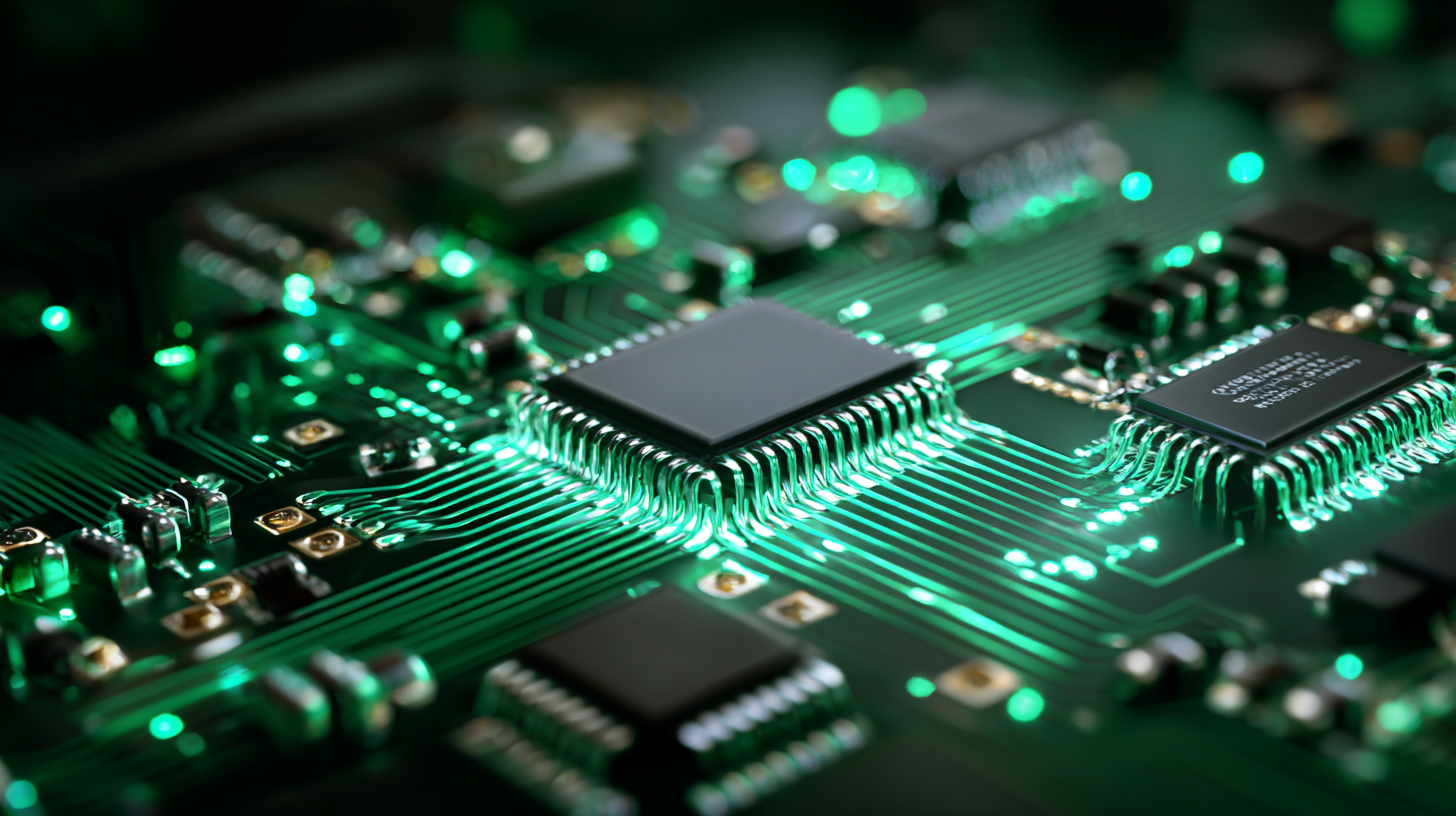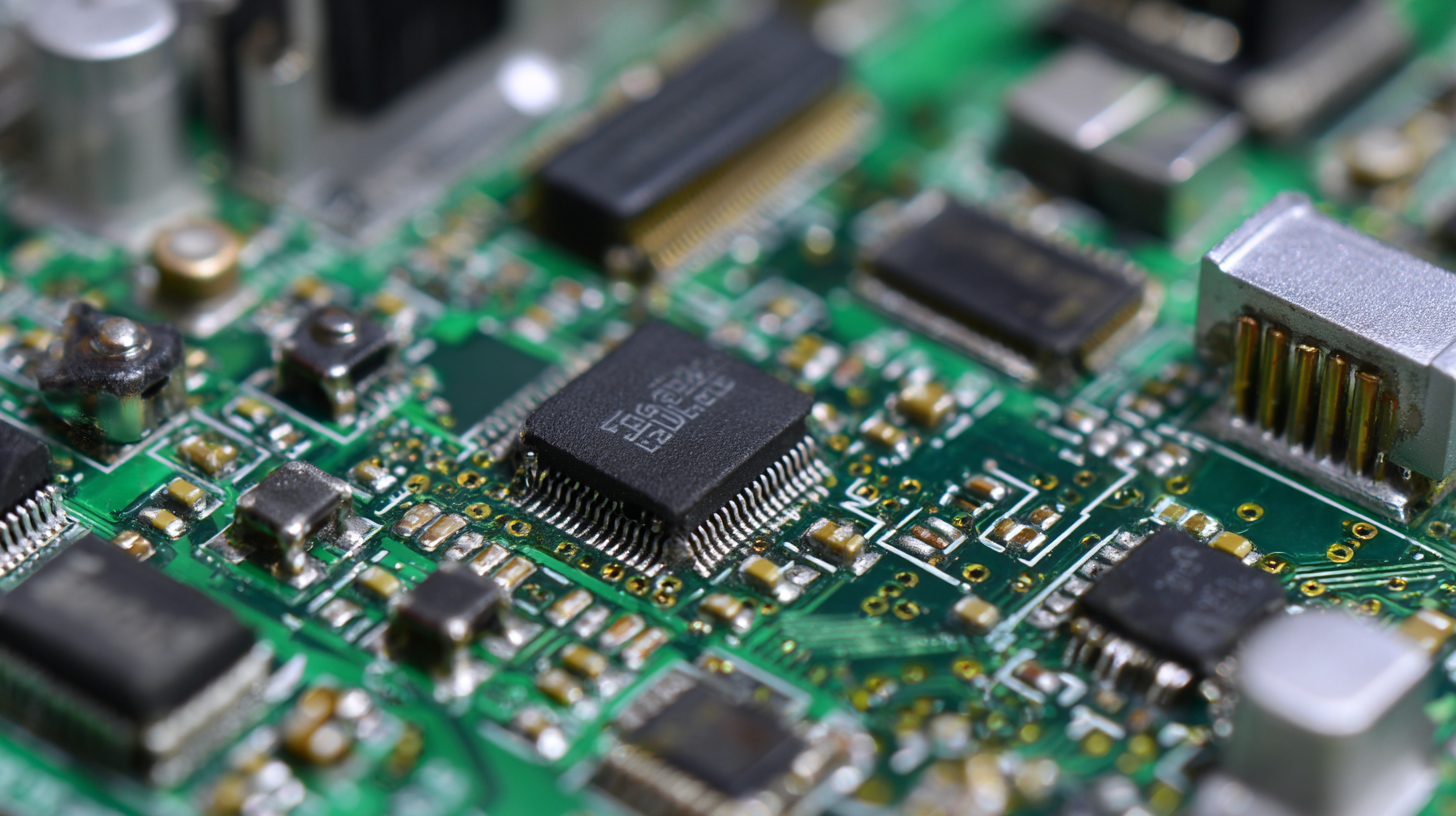- PCB Assembly
- PCB Fab
- Resources
- Company
- Blog
Ultimate Guide to Choosing the Best Flexible Circuit Board for Your Project
In the rapidly evolving landscape of electronics, the demand for innovative and efficient designs has led to the widespread adoption of Flexible Circuit Boards (FCBs). According to a recent market research report by Research and Markets, the global flexible printed circuit board market is projected to reach $38.8 billion by 2025, growing at a compound annual growth rate (CAGR) of 10.9% from 2020 to 2025. This surge is largely attributed to the increasing use of FCBs in consumer electronics, medical devices, and automotive applications, driven by their ability to save space and enhance performance. As China's manufacturing capabilities continue to dominate the global scene, its flexible circuit board production is set to lead the charge in this burgeoning market. Understanding the key factors in selecting the best FCB for your project is crucial for engineers and product developers aiming to leverage these advantages while navigating the complexities involved in design and manufacturing choices.

Understanding Flexible Circuit Board Types and Their Applications
Flexible circuit boards have garnered significant attention in modern electronics due to their versatility and adaptability in various applications. Understanding the different types of flexible circuit boards is crucial for engineers and designers aiming to optimize their projects. These boards can be classified into different categories, such as flexible printed circuits (FPC), rigid-flex circuits, and single or multi-layer configurations. Each type has unique properties that make them suitable for specific uses, from compact electronic devices to complex multi-layer systems employed in aerospace and automotive industries.
The applications of flexible circuit boards span a wide array of fields, revolutionizing how products are designed and manufactured. In healthcare, for instance, flexible circuits allow for the development of wearable devices that can monitor vital signs in real-time. The automotive sector benefits from flexible circuits' ability to fit into tight spaces while maintaining efficient connectivity for advanced driver-assistance systems (ADAS). Additionally, the rise of smart textiles demonstrates the increasing integration of electronics in everyday materials. As technology continues to evolve, understanding these types and their applications will be essential for leveraging the benefits of flexible circuit boards in innovative projects.
Flexible Circuit Board Types and Their Applications
Key Industry Standards for Flexible Circuit Board Manufacturing
When selecting the best flexible circuit board for your project, it's crucial to understand the key industry standards that govern their manufacturing. Compliance with these standards ensures reliability, performance, and safety, which are paramount in various applications ranging from consumer electronics to automotive systems. Recent trends indicate a significant growth in the printed circuit board (PCB) market, with a projected value of $70.9 billion in 2024. This growth is largely driven by advancements in PCB design software, which facilitates the rapid innovation in hardware and allows for more complex yet compact designs.
Moreover, as the automotive sector continues to expand, especially with the rise of electric vehicles, the demand for flexible circuit boards is set to increase. Standardization in manufacturing processes, materials used, and traceability of components are essential factors businesses should consider when choosing flexible circuits. Reports reveal that the market for automotive PCBs is poised to reach USD 18.14 billion by 2034, highlighting the need for adherence to industry standards to meet the evolving technological demands and sustainability goals. By aligning with these standards, manufacturers can not only boost production efficiency but also improve product quality, essential for maintaining competitiveness in a rapidly evolving market.
Ultimate Guide to Choosing the Best Flexible Circuit Board for Your Project
| Dimension | Description | Industry Standard | Typical Application |
|---|---|---|---|
| Thickness | Measured in mils, important for flexibility and strength. | IPC-2223 | Wearable devices |
| Bending Radius | Minimum bend radius for reliability. | IPC-2226 | Mobile electronics |
| Copper Weight | Thickness of copper layer, usually in ounces. | IPC-4761 | High-frequency circuits |
| Material Type | Substrate material used for flexibility and thermal properties. | UL-94 | Automotive applications |
| Operating Temperature | Temperature range for safe operation of the board. | IPC-9701 | Industrial controls |
Factors to Consider When Selecting a Flexible Circuit Board
When selecting a flexible circuit board (FPC) for your project, several critical factors must be considered to ensure it meets your specific needs. First and foremost, assess the application requirements, such as the type of device and environmental conditions. For instance, if your project involves mobile devices or near-field communication (NFC), the FPC should be capable of withstanding mechanical stress and provide reliable performance in compact spaces.
Tip: Always check the thermal properties of the flexible circuit board. High-performance applications, especially in rapidly evolving fields like artificial intelligence and automotive, require materials that can handle significant heat without degrading.
Another essential consideration is the anticipated lifecycle of the product. Determine whether it will undergo frequent flexing, as this affects the choice of materials and design. Choosing the right layer count and thickness can significantly impact performance, signal integrity, and cost.
Tip: It’s advisable to consult with suppliers who specialize in flexible circuit technologies for recommendations based on the latest market trends and advancements. As the FPC antenna market continues to grow, having expert input can provide valuable insights that align with emerging demands.
Comparing Rigid vs Flex Circuit Boards: Pros and Cons
When choosing between rigid and flexible circuit boards (PCBs), it's essential to weigh the pros and cons of each to determine the best fit for your project needs. Rigid circuit boards offer robustness and are widely used in applications requiring structural integrity, like consumer electronics. However, they lack the adaptability needed for designs that involve bending or curving, which is where flexible circuit boards excel. Flexible circuits are lightweight, can be fabricated into various shapes, and are often used in compact applications where space is at a premium.

Recent industry developments highlight the increasing popularity of flexible PCBs. For instance, South Korean manufacturers are making strides in this sector, with some companies entering the supply chains of major tech giants. A new report indicates that flexible printed circuit board technology is becoming increasingly vital, particularly in high-demand applications like wearable health monitors. Research into stretchable circuit boards shows promising advancements, utilizing origami-based designs to increase flexibility without compromising performance. This innovation could lead to better integration in devices that require both functionality and adaptability, reinforcing the case for choosing flexible circuits in many modern electronic applications.
Future Trends in Flexible Circuit Board Technology and Standards
As flexible circuit board technology continues to evolve, the demand for advanced materials such as photosensitive polyimide (PSPI) is on the rise. The market for PSPI is projected to reach an impressive $51.37 billion by 2025, exhibiting a remarkable growth rate of 27.5% in the coming years. With this burgeoning market comes an increase in applications ranging from consumer electronics to automotive sectors, highlighting the importance of staying updated with future trends in this technology.

For project developers, choosing the right flexible circuit board is crucial. Here are some tips: first, assess the specific requirements of your application, such as bend radius, thermal resistance, and electrical performance. Different materials can significantly affect these aspects, so understanding your project's needs will guide you in making informed decisions. Second, keep an eye on industry standards and emerging technologies. The recent advancements in Mini LED technology, defined by its small chip size, are setting new benchmarks in performance and efficiency, influencing the evolution of flexible circuit boards.
Additionally, collaborate with reliable manufacturers who are well-versed in these trends. Their expertise can be invaluable in navigating the complexities of design and production, ensuring that your project is equipped with the latest innovations while maintaining compliance with evolving standards.
Phone
 WhatsApp
WhatsAppEmail
Offer Electronics Manufacturing All-in-One
PCBONLINE® is a registered trademark or service mark of pcb online limited or its affiliates.
Copyright © 2001-2024 Pcb Online Limited. All rights reserved